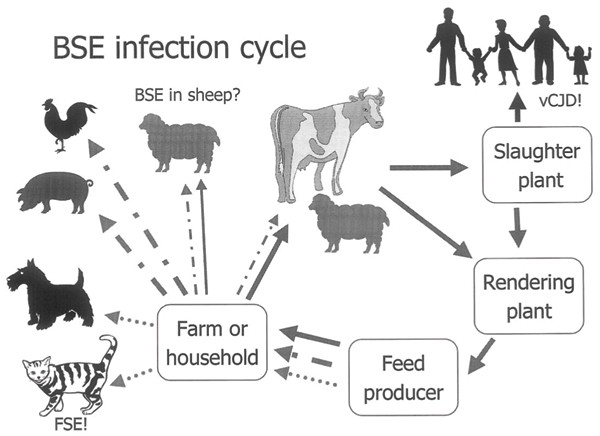Helicobacter pylori:an overview
Helicobacter pylori
Helicobacter pylori is a spiral bacteria discovered by two Australian scientists Warren and Marshall in 1983. Today H pylori colonies the stomach of half the human population of the world. Usually it infects from early childhood . Helicobacter pylori is adapted to human gastric mucosa. The presence of helicobacter was detected even in the intestine of pre Columbian mummies in USA. Helicobacter pylori was originally named as Campylobacter pylori but as there was differences from Campylobacter it was renamed as Helicobacter pylori.
Morphological characters
Helicobacter pylori is a gram negative spiral bacteria , motile by lophotrichous flagella. In old culture it appears in coccoid form.
Biochemical characters
It produces oxidase , catalase , phosphatase and hydrogen sulphide. A distinctive property of this bacteria is abundant production of urease. This property is used as a rapid diagnostic tool with gastric biopsy samples. It does not ferment carbohydrates or reduce nitrate .
Cultural characters
It grows on chocolate agar and Campy BAP media under microaerophilic condition with 5-20 %carbon dioxide and pH 6-7.usually colonies develop within 2-7 days.
Epidemiology
Helicobacter pylori seen globally, mainly in developing countries. Poverty overcrowding, poor hygiene favor transmission and the transmission is likely to be oral-oral route and fecal- oral route.
Pathogenicity
Infection of Helicobacter pylori differ among individuals . In some people it is seen as mild gastritis which may last for about two weeks and in others it may seen as transient forms which persist for years or decades and usually such patients are asymptomatic and can be demonstrated histologically . Helicobacter pylori may seen on overlying mucus and do not invade the mucosa .In intestine, common site of colonisaion is gastric antrum. The bacteria is also seen in areas of gastric metaplasia and heterotopia in duodenum . Bacterial protease, toxins, ammonia released by urease activity or auto immune response to gastric antigens may initiate the infection.
Peptic ulcer disease is seen initially, in later stages chronic atopic gastritis is perceived. Helicobacter pylori is a risk factor for gastric malignancies such as adeno carcinoma and MALT ( mucosa associated lymphoid tissue ) lymphoma.Such MALT lymphomas regress after elimination of this bacteria by treatment. Infection induces IgM , IgG, IgA and celluar immune responses but they are not protective.
Lab diagnosis
Diagnosis includes invasive and noninvasive tests .
Invasive tests
It includes endoscopic biopsy of gastric mucosa, its microscopic examination, culture and urease test .Gram stained smears or silver staining of biopsy sections is indeed a useful method . Culture is also a sensitive method but it requires expertise and a long duration of incubation .Urease test is done by dipping a bit of biopsy material in medium shows result within minutes.
Noninvasive tests
It includes Elisa test and urea breath test.
Urea breath test
The patient drinks urea solutions containing labelled carbon which can be detected in the breath .The advantage is, it is a sensitive and reliable method .
Limitations include using the facility to use isotope
Treatment
Standard treatment includes combination of bismuth subsalicylate tetracycline or amoxicillin and metronidazole for two weeks . Omeprazole and clarithromycin is also used for treatment .


Comments
Post a Comment